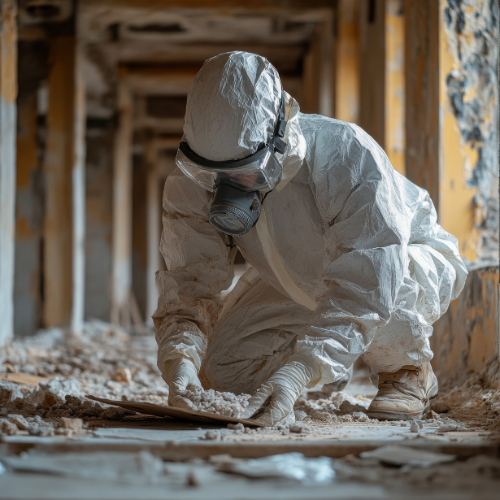Foreseeability is important concept for the law of negligence. Negligence occurs you owe someone a duty and you fail to meet your duty. One of the ways duty is determined is by foreseeability. For instance, your doctor owes you a duty not provide substandard medical care, because it is easily foreseeable that if he or she does, you could suffer great harm.
So in cases involving mesothelioma, the question of liability often hinges on whether it was foreseeable that someone would be exposed to asbestos fibers and suffer an illness such as mesothelioma.
Naval personnel, who worked on boilers and steam fittings, which used asbestos insulation and gaskets were foreseeable victims of mesothelioma. Similarly, it is foreseeable that miners who worked in asbestos mines or with materials like vermiculate which contained asbestos would also develop mesothelioma.
A California court of appeals had to determine an issue of foreseeability, when a man was diagnosed with peritoneal mesothelioma. No, he did not work with asbestos at his job. But he spent a great deal of time when he was teenager at his uncle’s home.
Unfortunately for him, his uncle worked for a company that made asbestos brake linings. His work clothes were frequently covered in dust, and apparently much of that dust contained asbestos.
The negligence of the company arose from the fact that they had information they could have provided to employees concerning the danger of taking dusty work cloths home, but it never warned its employees of this danger.
While it would not be foreseeable that random people would be exposed, it certainly is foreseeable that if you send workers home in asbestos-laden clothes, it would be likely that members of a household could be exposed.
The company plans to appeal the ruling.
Source: SFGate Blog, “Court says asbestos company can be responsible for relative’s cancer,” Bob Egelko, May 16, 2014














